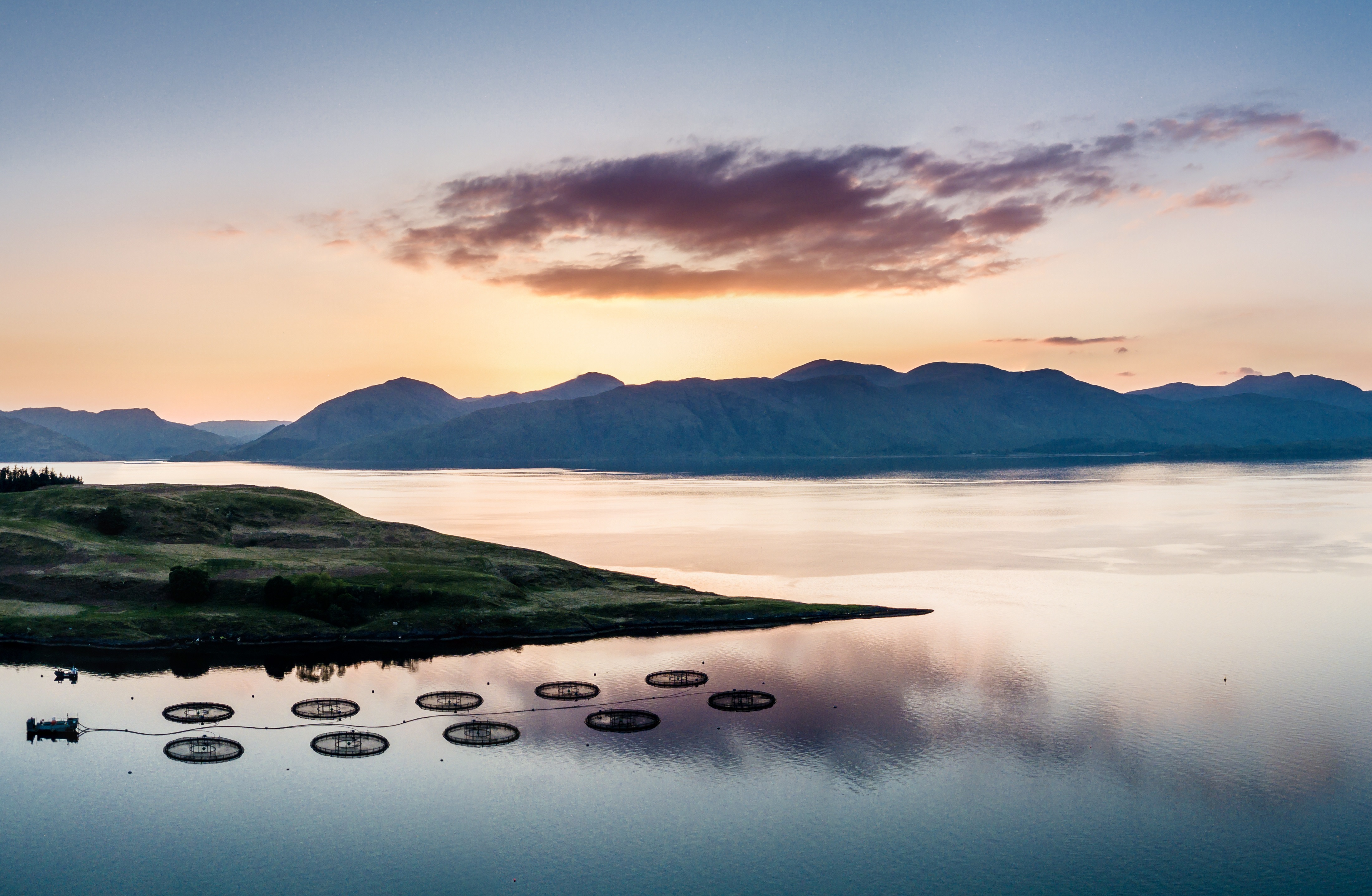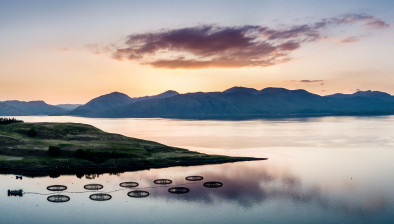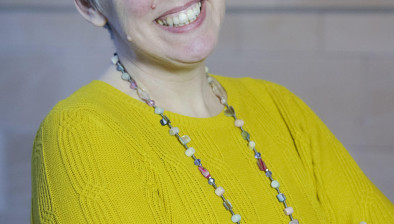Scottish Aquaculture Innovation Centre receives £10m investment
The Scottish Aquaculture Innovation Centre (SAIC) has received a £10 million five-year funding package from the Scottish Funding Council, Scottish Enterprise and Highlands and Islands Enterprise (HIE).

The funding has been provided to support the sustainable growth of the sector and to reaffirm Scotland’s position as a global leader in innovation and seafood production.
The investment is expected to be supplemented by an additional £3.5m secured from third parties, ranging from competitive grants to income generated through services.
During its first five-year phase, SAIC turned its initial project funding package of £6.75m into a portfolio valued at £42.6m, spread across 47 initiatives. Of the total figure invested, £33.8m came from industry and other partners – leading to the creation of more than 200 jobs, largely in rural areas.
SAIC also supported the development of the aquaculture talent pool by funding the studies of 92 MSc and PhD students.
SAIC played a key role in the development of the Aquaculture Growth to 2030 strategy, the industry’s plan to sustainably double the sector’s economic contribution from £1.8 billion in 2016 to £3.6bn by 2030.
The innovation centre has also brokered relationships between the industry and its stakeholders, particularly through the establishment of the Aquaculture Industry Leadership Group (AILG).
David Gregory, chairman of SAIC, said: “SAIC was built to do things differently. We have sought to act as a fulcrum for industry, the public sector, and academia, bringing everyone with an interest in aquaculture together for the good of the Scottish economy. We have also helped the industry deal with some of its biggest challenges – which individual businesses, or even groups of companies, wouldn’t have been able to tackle on their own – through access to academic expertise and applied research.
“The level of investment from industry is testament to that success: our original goal was to attract £1 of industry investment for every £1 we spent on projects, but we have delivered significantly more than that. The projects have been industry-relevant, attracting hard cash from partners and delivering outcomes that could make a real difference.
“We have also encouraged the industry to talk about the good work that is being done and re-invent the way it shares information, not only with itself but the wider world too.”
In its Phase 2 strategy for the next five years, SAIC said it plans to:
- Drive innovation by leveraging new sources of funding and bringing multiple partners together from across the UK, with a particular focus on engaging with small and medium-sized enterprises (SMEs).
- Develop aquaculture skills and talent across Scotland through a focussed programme. This will include a mentoring scheme; helping the growth of the Women in Scottish Aquaculture (WiSA) network 1; and, for the first time, working with undergraduates and schools to build awareness of aquaculture as a career.
- Sharing innovation throughout the industry by organising workshops, conferences, and disseminating information in new ways over the next five years. The innovation centre will host Gill Health Initiative 2020 in April next year in a bid to inspire and share new ideas around an important industry priority.
Heather Jones, CEO of SAIC, added: “Over the next five years, we will build on Scottish aquaculture’s existing foundations to establish a low-carbon, hi-tech, data-rich, and cutting-edge sector that is led by pioneering research aligned with genuine industry need.”










